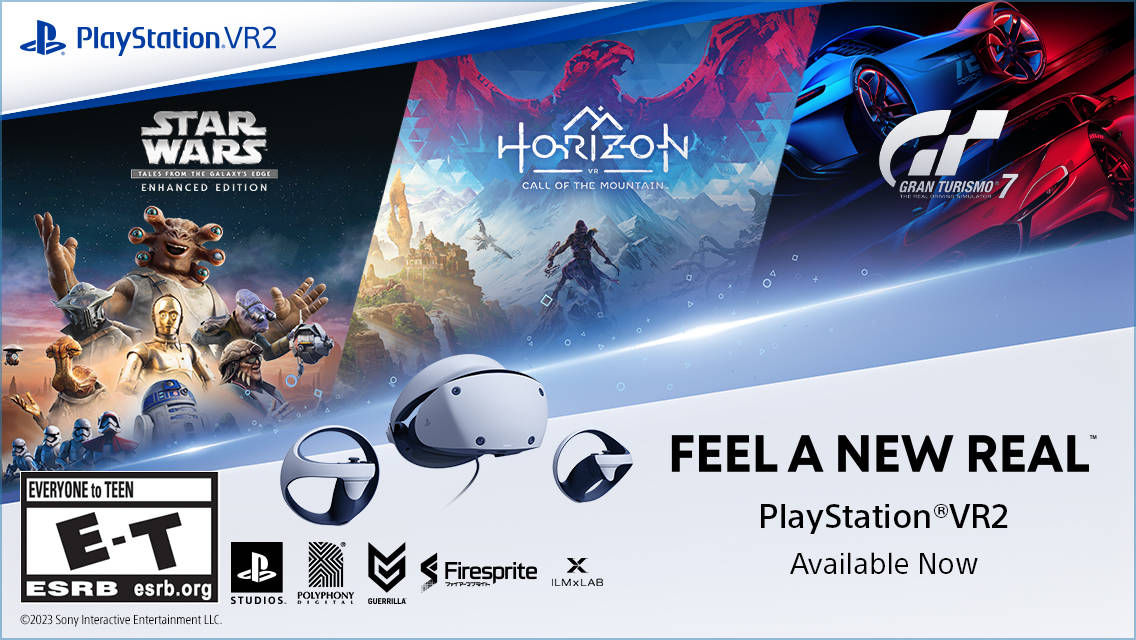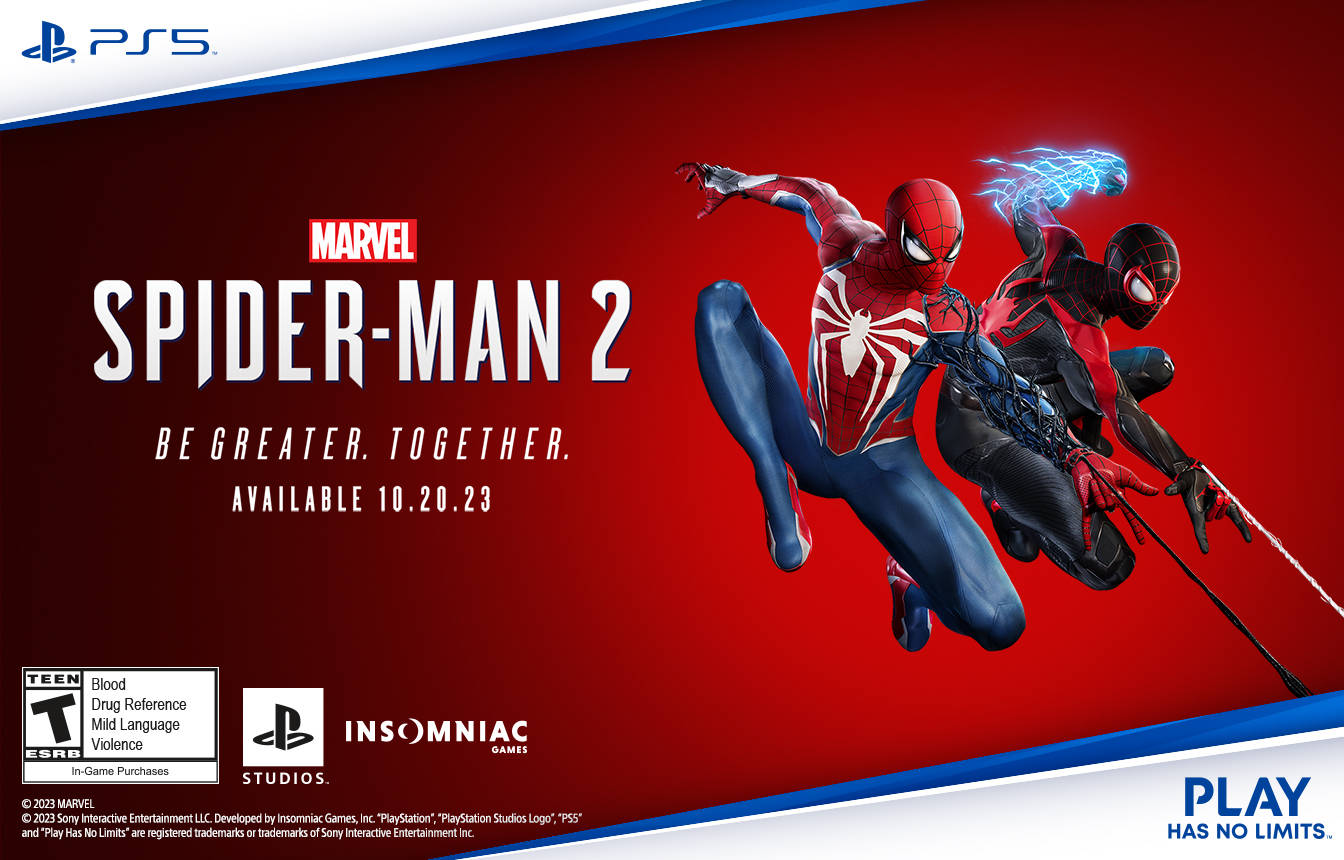The poor Wii U had a rough life. Born an underdog, stuck with a confusing and unfortunate name, and largely overlooked by the majority of its intended audience, it’s now gasping out its last dying breaths while its slimmer and more popular younger sibling, the Nintendo Switch, takes center stage. While most of the games in the Wii U’s library have been left to die lonely and unloved in the wreckage, Nintendo’s swooped in to save a few favorites. The first of these is, of course, Mario Kart 8, now getting a second chance at life with a relaunch, a number of upgrades, and a fresh new coat of paint in the form of Mario Kart 8 Deluxe.
Deluxe doesn’t provide enough new content to be called a sequel, but it’s more than just a port. A sort of “Mario Kart 8 Plus,” Deluxe comes with all existing tracks and characters, including those previously locked behind DLC. It adds a few extra goodies of its own in the form of new characters, new vehicles, and the previously-neglected Battle Mode.
Joining the roster of racers are King Boo, Dry Bones, Bowser Jr., the Inkling Boy, and (my personal new favorite) the Inkling Girl. These characters all have custom defeat and triumph animations, new sound effects and voice lines, and tons of special little touches, such as the way the Inklings give happy little “squid” flips after catching some air. It makes these characters far more endearing than the countless “baby” and “metal’ variants of the Mario cast that made up most of the non-DLC roster previously, and brings some welcome variation.
In the rest of the new content, Splatoon is featured heavily. In addition to the Inklings, there are several new Splatoon-themed vehicles, a Splatoon Amiibo outfit, and an entire Battle Mode map based off of Urchin Underpass (a Splatoon map of the same name). While it’s likely that Nintendo placed much of this content there to drum up interest in the upcoming Splatoon 2, it’s implemented with enough care for the little details that I didn’t mind. Drive on the Urchin Underpass map, for example, and the jingle that plays when you grab an item box will be replaced with the tune that plays when you re-roll a piece of gear in Splatoon. It may be stealth cross-game advertising, but at least it’s a crossover that’s done well.
Making a welcome return to the Mario Kart series is the Battle Mode—or at least, a Battle Mode worthy of the name. This section of the game has been expanded into five different mini-games: the classic Balloon Battle, now with a new scoring system; returning-favorite Bob-omb Blast, where players blast each other with bombs to whittle down each others’ lives; coin-collecting race Coin Runners; keep-away game Shine Thief; and finally, the all new Renegade Roundup.
This latter mode is the first original game that hasn’t been seen in a previous Mario Kart game, and it’s pretty fun. Players are divided into “Renegades” and “Authorities,” a clear variant of “cops and robbers.” The team playing the Authorities gets permanent, automatic Piranha Plants with which to nab Renegades who get too close, while the Renegades must spam items and press switches to free their comrades from holding cells. You can’t free yourself from the cell, but you can honk your horn to call for help, drive backwards and forwards, and generally make a nuisance of yourself until help arrives and you can jump back into the fray. Capturing an entire team at once ends the match early.
This new and improved Battle Mode fits nicely and comfortably into the game. It feels like such a familiar, fun, staple of the series, though, that it’s not so much a point for Deluxe that these modes are included as it is a retroactive demerit for the original Mario Kart 8 that it wasn’t included originally. Yes, the modes are simple and enjoyable, and it’s neat to see content inspired by Splatoon (which wasn’t yet released when the original game was out), but it feels less like a bonus reason to buy the game and more like something that really should have been in the game since the beginning.
What about the races themselves, though? The regular races are the meat of the game, and strangely, they’re the one part of Deluxe that didn’t get any significant additional content. There are no new racetracks or cups to win, and aside from the 200cc races that were added in a later patch to Mario Kart 8, not really any new challenges. A few tweaks, though, do change up the gameplay enough to be worth mentioning.
First of all, players are now able to pick up and hold two items at once. Though seemingly a minor change, this actually does solve one of the Mario Kart series’ biggest problems: the boredom of being in first place. This series is infamous for its rubber-banding, with players in last place constantly getting all of the good items (like Invincibility Stars and Bullet Bill) to let them catch up, while players in first are stuck with Banana Peels and Coins that will hardly deter those behind. Deluxe isn’t much different, but now, since you can hold two items, that’s double the chances of getting something decent. You could still get two Banana Peels, sure, but maybe you’ll get a Banana Peel and a Red Shell. The double-item boxes that occasionally appear in place of the regular single-item boxes also provide a fun target to aim for when your competitors are left in the dust and you’re not worried about a win.
Next, there are a few tiny changes that will likely only affect the most competitive of players, but are still worth mentioning. A technique (or exploit, depending on who you ask) called Fire Hopping used to allow players to get an extra bit of boost from each Mushroom, ramp, or drift. Now, well, it’s been removed by Nintendo entirely. Slightly making up for it is a third level of drift, which can now ratchet up through blue and orange sparks all the way up to pink sparks for the biggest boost possible. It’s not a change that’ll affect casual play, but anyone priding themselves on their Time Trials will have to get used to some new techniques.
Finally, there’s the Smart Steering option. As someone who grew up with two little sisters with little interest, skill, or patience for video games, I can attest that this option is a brilliant move on Nintendo’s part. So many nights that ended in frustration and tears when my sisters would fall off of Rainbow Road for the nineteenth time could have been avoided. Basically, the mode puts up invisible walls that don’t allow the player to fall off the track. These aren’t hard bumpers, though; instead, they smoothly direct the player back onto the course without killing momentum. This means that little kids can play—and even do well, since they’ll probably get a decent selection of items—without being clued in to the fact that they’re getting help.
While I found Smart Steering made the regular races much too easy (and if you’re going for Time Trials, you’re really only cheating yourself), I did find it a surprisingly fun setting to turn on in Battle Mode. On the regular race courses, you’re only going forwards; you never need to turn 180 degrees and you won’t hit a wall unless you’ve screwed up. In Battle Mode, on the other hand, there are plenty of walls, ramps, and railings, and you’ll likely be twisting and turning to try and hit or evade your opponents. Though it may still count as “cheating,” I found it surprisingly fun to turn on Smart Steering in Battle Mode and use it to help keep my speed up while maneuvering. Instead of accidentally grinding my face into a wall, I could concentrate on knocking out my opponents at high speed.
My one complaint with Smart Steering is that it’s on by default, and there’s no indication of this when you turn on the game. The option to turn it off is nigh-unnoticeable on the racer selection screen, and can only otherwise be found by pausing the game in the middle of a race. Since it’s a subtle effect if you’re already racing well, I didn’t notice it was on for my first handful of races—and even knowing that the feature was in the game, it took me a while to figure out how to turn it off. Casual fans who don’t keep up with Mario Kart updates may play the entire game never knowing that Smart Steering is turned on at all.
So, is Mario Kart 8 Deluxe worth the purchase? Compared to Mario Kart 8, it’s certainly a step up, and it’s a great game in its own right. For those who already put a lot of time into the Wii U version of the original, however, there may not be enough completely original content to keep things fresh. It’s worth noting, though, that the format of the Nintendo Switch itself adds a new dimension to how the game can be played. The graphics have gotten a decent upgrade, and it’s possible to pick up the game and play on the go. Inviting a friend into a quick game is as easy as pulling off the second Joy-Con.
With the new content in Battle Modes, Smart Steering for younger siblings, and a few colorful new cast members packed on top of what was already a solid game, Mario Kart 8 Deluxe is a game that definitely deserves a second chance at life.
|
★★★★☆
With a fresh coat of paint and a couple of tune-ups, Mario Kart 8 Deluxe makes itself a great definitive edition of an already pretty-good game. Smart Steering, though awkwardly on by default, is a godsend for those who play with younger and less-skilled racers, and the revised Battle Mode fills a hole in the game’s heart. A lack of additional race courses and content may deter those who already own the original Wii U version of the game, however. |
Developer Nintendo EAD Publisher Nintendo ESRB E - Everyone Release Date 04.28.17 |
| Mario Kart 8 Deluxe is available on Switch. Primary version played was for Switch. Product was provided by Nintendo for the benefit of this coverage. EGM reviews on a scale of one to five stars. | |

Emma’s early gaming was mostly done in secret, as the only gamer in a family of normal people. She still retains skills from this dark period in her life, such as the ability to teleport instantly across the house away from the computer, and holds a gold medal in the Olympic sport of “Hide the Gameboy.” Sorry, Mom, now you know.





